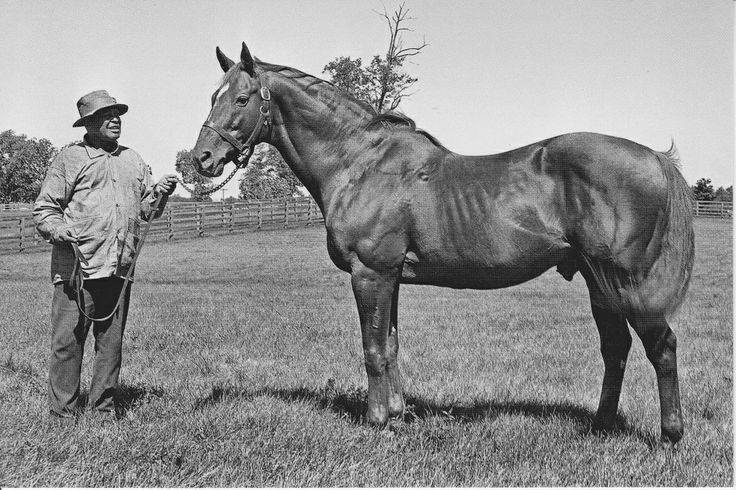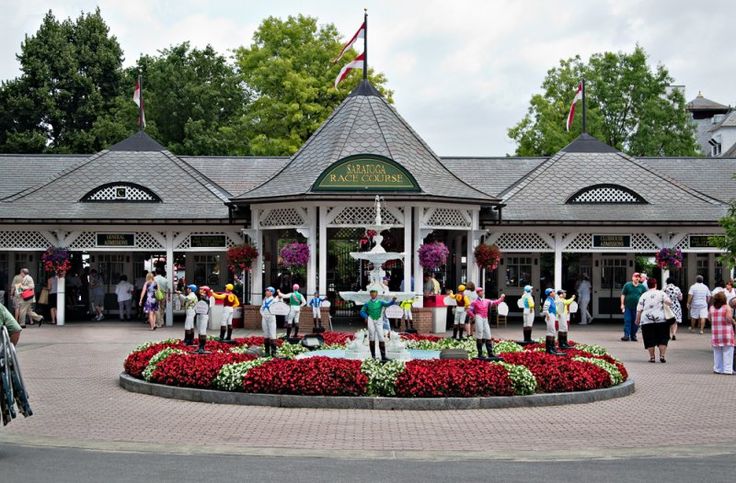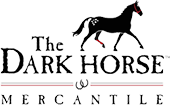Horse racing is one of the most ancient sports. It can be dated back to the nomadic tribesmen of Central Asia racing horses since early domestication. The origin of modern racing started in the 12th century, when English Knights returned from crusades with Arabian horses. The Thoroughbred horse was produced when Arabian stallions were bred with English mares. This produced a horse with combined speed and endurance.
The Arabian stallion originated somewhere in the Arabian Peninsula around 2500 BC. The Bedouin people were responsible for developing the desert horses that became the ancestors of the Arabian horse. The Nomads were able to produce a horse that could withstand the harsh desert, extreme temperatures and little water or food. These horses had great endurance and stamina. The Bedouin and their horses depended on each other for survival which created a very strong human-animal bond. Almost all Arabian pedigrees can be traced back to a horse that was part of a historical event or person.
Horse racing started with only a two-horse race. Matching the two fastest horses for a wage became a popular past time for nobility. Horse racing didn’t become a professional sport until the reign of Queen Anne (1702-1714). Racecourses opened all over England offering large purses which attracted the best horses. Their Jockey Club started in 1750.
The Jockey Club took steps to regulate the breeding of horses. James Weatherby was assigned the task of tracing the history of every horse that raced in England. In 1791 the results were published in the General Stud Book. By the early 1800’s the only horses that were allowed to race were those descended from horses in the Stud Book. Racehorses are so inbred that their pedigree can be traced back to one of three stallions, called the foundation stallions. They were Byerley Turk, foaled c.1679, Darley Arabian, foaled c.1700 and Godolphin Arabian, foaled c.1724.
When British colonialists came to America, they brought their horses with them. That was the start of horse racing in America. The first racetrack dated 1665 was located on Long Island in Salisbury, New York. The area was known as Hempstead Plains (present-day Jamaica). It was named Newmarket, influenced by the British because Newmarket was the home of British racing. There were 314 tracks operating in the US by 1890. Because of the rapid growth of the sport without any governing authority this led to the domination of many tracks by criminal elements. In 1894 the American Jockey Club was formed, modeled after the English, which soon ruled racing with an iron hand and eliminated much of the corruption.
The American Jockey Club’s primary responsibility, then and now, is the maintenance of The American Stud book in a manner that ensures integrity of the breed in the United States. In the early 1900s, however, racing in the United States was almost wiped out by antigambling sentiment that led to almost all states to ban bookmaking. By 1908 there were only 25 tracks left. That same year pari-mutual betting was introduced for the Kentucky Derby which started a turnaround for the sport.
By the end of World War I, great horses Like Man o’ War brought spectators flocking to racetracks and the tracks prospered until World War II. There was a decline in popularity during 1950s and 1960s and then during the 1970s great horses such as Secretariat, Seattle Slew, and Affirmed, each Triple Crown winners, excited the crowds again. The Triple Crown consists of winning the Kentucky Derby, the Preakness, and the Belmont Stakes all within 5 weeks during May and June. Unfortunately, during the late 1980s racing had another significant decline.
Due to the younger generation having so many entertainment options, horse racing’s popularity has continued to declined. The industry is working hard to try and revive itself. Thoroughbred races such as the Triple Crown and Breeder’s Cup (started 1984) still draw a crowd. Horses like American Pharoah still create the excitement of times past. Living in a town like Saratoga Springs, New York home of the Saratoga Race Course we are fortunate to still draw crowds for 6 weeks every summer. You can feel the excitement in the air. People come from all over the world to see the best of the best in this historic setting that has been preserved for over 150 years. Saratoga Race Course is the oldest race track in the United States and is referred to as the Graveyard of favorites: because the Dark Horse is always the best bet. The most well-known Dark Horse is Upset, the only horse to beat Man o’ War. Winning 21 of his 22 races Man o’ War lost to Upset at Saratoga Racecourse in 1919 in the Sanford Stakes. Going to Saratoga Racetrack is like going back in time. You can feel the ghosts of all the great horses and characters from the past. A true gem!





